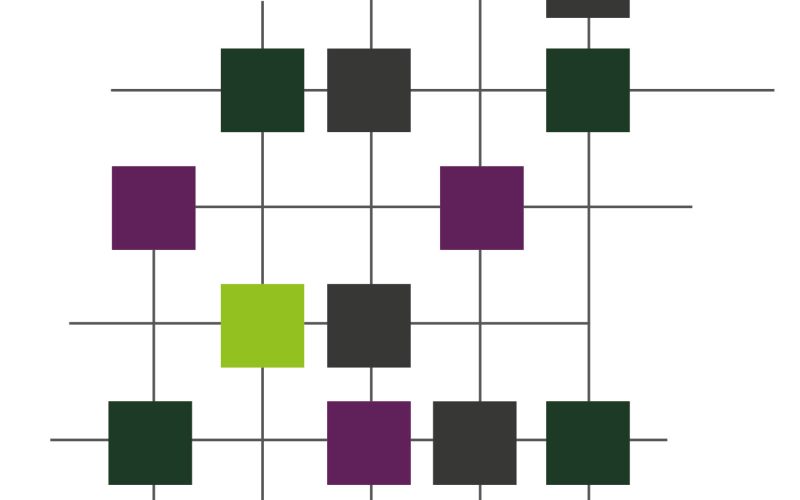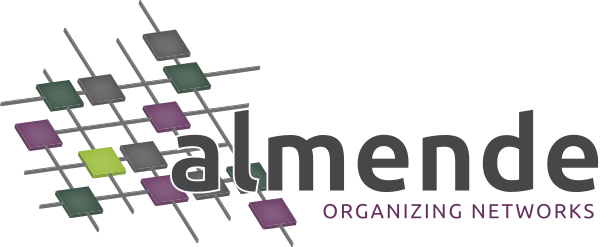

Bridging resources and agencies in large-scale emergency management
Duration: 4/2011 – 4/2015 Funding: FP7
BRIDGE
Natural disasters and accidents do not take into account municipal or national borders. In fact, in case of a large-scale incident, such as a terrorist attack or a major fire, different agencies from different regions or even countries have to work together. This is often very difficult, because of incompatible systems, organizational structures and protocols.
The BRIDGE project’s goal was to improve interoperability between different emergency response agencies and other relevant parties; between their (IT) systems, people and protocols.
First, the project partners researched the possibility of establishing resilient, ad-hoc communication networks which are able to collect all relevant information and disseminate it to all necessary parties. The resulting system improved context awareness by collecting information from sensors, surveillance cameras, communications by first responders, and bystanders
Second, middleware services allowed for interaction between all the aforementioned parties. A user interface was created that aggregates information from many different sources, to be used by people with different cultural and professional backgrounds and interests, resulting in a common operational picture (COP).
Finally, 3D models and scenarios of incidents were developed. These were tested as a training tool, and for incident management during a calamity.
Contribution
Almende used the expertise in emergency management it gained from previous projects such as ICIS and CIM. Primarily, Almende's role was using agent-based technology to solve communication and collaboration problems. A multi-agent system was developed to make sure that the right information is passed to the right agencies and that the relevant experts are involved. This way, a passive communication infrastructure is transformed into an active system that can initiate connections.
If, for instance, a ship would ram the docks of the Rotterdam harbor, a multi-agent system could immediately connect fire fighters to the harbor officials, so they could exchange relevant information. Also, the system could inform the fire fighters if the ship carried chemicals. If the cargo is unknown, it could establish contact between the fire fighters and the owner of the ship.
Software agents are thus mainly meant to perform rapid, repetitive tasks, such as quick communication or aggregation of data. Also, agents can represent interests of different parties, and thus quickly negotiate and collaborate. People are involved when difficult tasks must be executed or decisions made.
Results
The project presented another real-world example where multi-agent systems could be used to rapidly react to far-reaching events, connecting relevant actors and stakeholders automatically in a self-organizing fashion. The use of self-organization in such situations is natural, as it is usually impossible to plan exactly how events will unfold, making it better to react to new information quickly and decisively.
More info?
Need specific information regarding the project? Please contact our senior consultant for more information.


